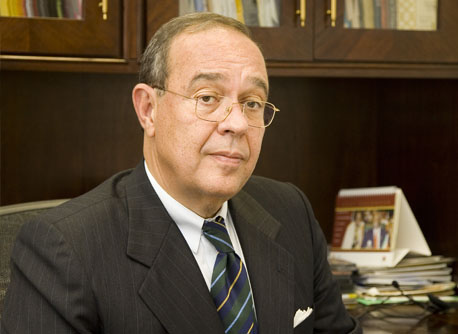i.re-democratisation;
ii. new constitution;
iii. reforms on taxation; social security and judiciary;
iv. macro-economic aspects;
v. the Real Plan, characteristics;
a. pillars, exchange rate and interest rate;
b. lack of fiscal adjustment;
i. the Brazilian economy in the 90`s; and
ii. the political quandary.i.The Uruguay Round of the GATT and the move towards regionalism, NAFTA, MERCOSUL and the FTAA;
ii. Objectives and first successes of Mercosul;
iii. Exclusionary trade or possible trade (59% agriculture);
iv. Distortions, shortcomings and the exchange regime;
v. The fiscal weakness in Brazil;
vi. The adverse international situation.
i.Investment diversion;
ii. Economic discrepancies;
iii. Currencies and exchange;
iv. Troubled sectors: sugar; automotive; paper; textiles; poultry; shoes; steel.i.multilateral, WTO (social dumping, multilateral agreement on investments, agriculture, services, environment, etc.);
ii. regional, FTAA (agriculture, services, etc.);
iii. international (IMF, institutional); and, but not least,
iv. local.

Lawyer admitted in Brazil, England and Wales and Portugal. GATT and WTO panelist. Brazilian government ad-hoc representative for the Uruguay Round of the GATT. Post-graduation professor of the law of international trade.


